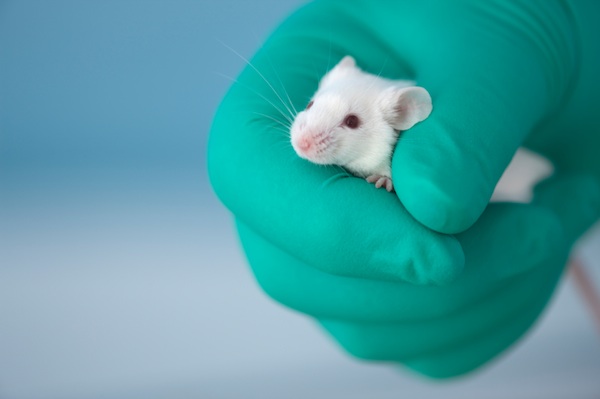What would you say if I told you there’s a way to turn fat into muscle? Too good to be true, right? Not so fast—new research from the National Institutes of Health shows that it might be possible.
In new findings published in the journal Cell Metabolism, researchers at NIH’s National Institute of Diabetes and Digestive and Kidney Diseases discovered a process that turned energy-storing white fat in mice into energy-burning, muscle-like brown fat. The results are both surprising and exciting, with real potential for treating obesity and type 2 diabetes in humans—a serious problem: Nearly 26 million children and adults in the US are living with diabetes. Type 2 is the most common form of the disease.
Let’s break it down: Everybody has both white and brown fat. The former is for calorie storage—in other words, an energy reserve—and too much leads to obesity; it’s we traditionally think of as body fat. Brown fat is used to insulate the body and regulate body temperature. Similar to muscle, capillary-rich brown fat is made up of cells containing a higher number of mitochondria, which contain iron and actually burn the calories stored in white fat.
In the NIH study, scientists discovered a way to cause white fat in mice to develop more mitochondria, turning it brown and causing it to burn instead of store calories. They did it by reducing the function of a cell-growing protein called TGF-beta. Without the protein, the white-fat cells began to turn browner.
Limiting the function of the protein is admittedly complicated—it involves genetic engineering and the use of a TGF-blocking antibody that entails a laundry list of immune-system-compromising side effects. But if the technique can be translated to humans, it could be a watershed in the fight against obesity and related conditions such as type 2 diabetes. NIH researchers are working on a new approach aimed at limiting the side effects.
Subscribe to Washingtonian
Follow Well+Being on Twitter
More >> Health | Top Doctors | Well+Being Blog



















